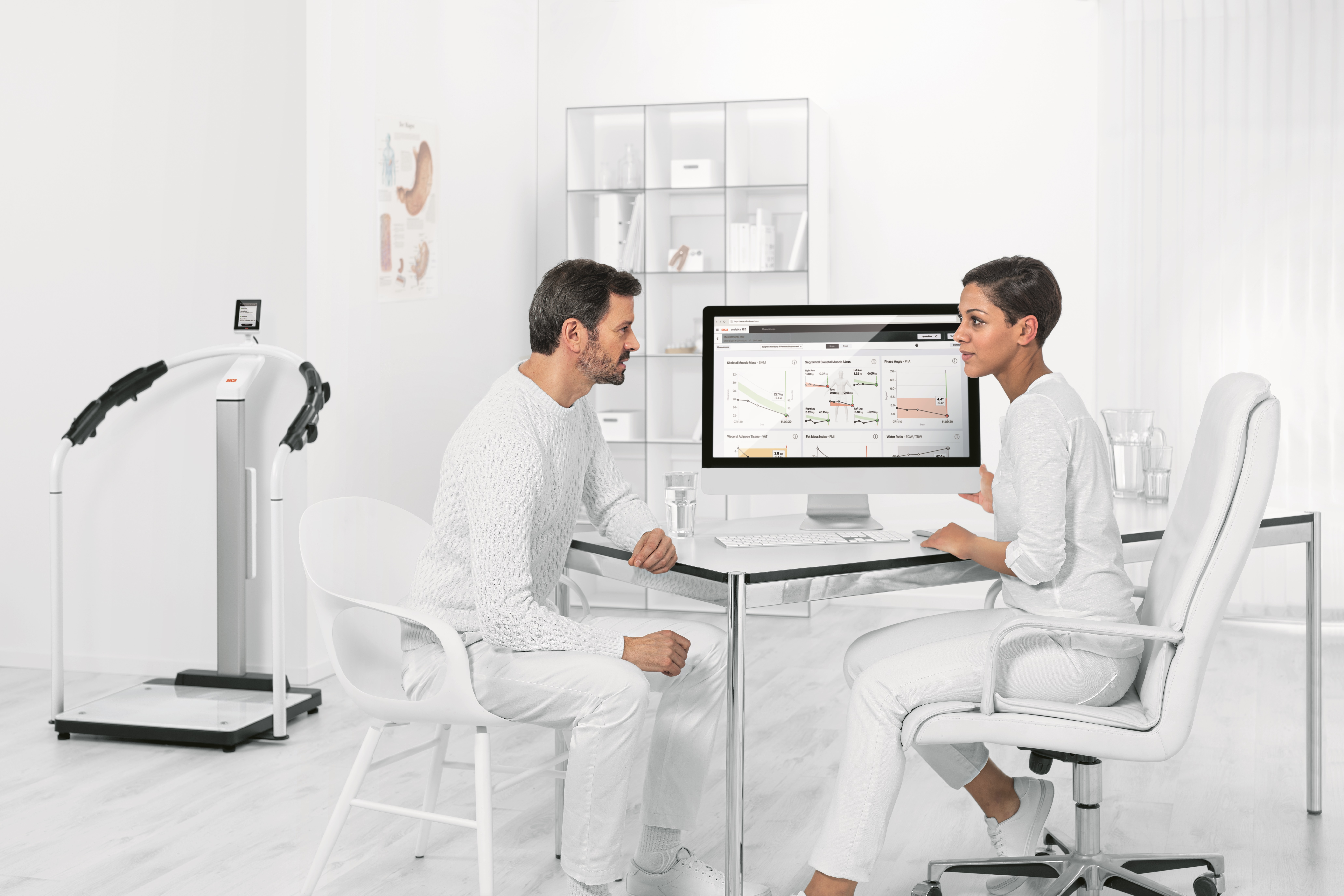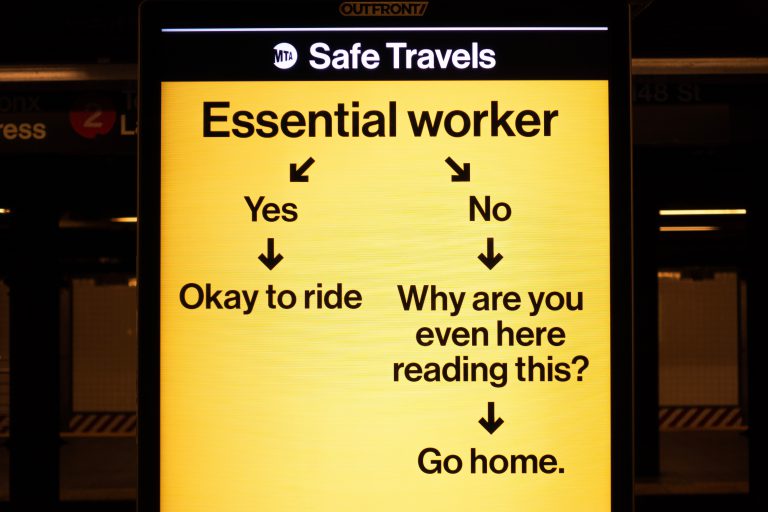The global health crisis has been particularly harsh on medical professionals, who have been suffering from severe stress and burnout in the fight against the virus. Apart from treating patients, they’ve also struggled to keep data in order thanks to poorly designed electronic health record (EHR) user interfaces.
The lack of intuitive interfaces that require more effort than necessary to fulfill recordkeeping has been enough to push clinicians over the line. Many of them have continued charting at home even after clocking in hours at hospitals, piling on more stress onto their pandemic burnout.
Factors That Cause Clinician Burnout
As technology has become more crucial every day, especially in the medical field, any time-consuming features that make navigating EHR interfaces more difficult add to clinicians’ existing stress. In fact, according to a New England Journal of Medicine study, around 55 percent of clinicians are burned out. Such difficulties have been so widespread in the medical community that it’s been covered in healthcare news, drawing attention to their struggles.
Another study found that doctors spend approximately more than 16 minutes per patient in the EHR, even though they only have an allocation of 15 minutes for appointments in general. With so much strain, fatigue, and pressure on these healthcare workers, the rise of burnout has been rapidly affecting the healthcare industry. With COVID-19 cases and deaths rising each day, clinicians are overwhelmed and frustrated at the situation. They’ve reportedly begun to feel unfulfilled because of the lack of efficiency, making it more challenging to complete their work. As the American healthcare system under even more duress because of the global pandemic, clinicians have struggled to keep performing.
Among the many factors contributing to clinician burnout is inadequate training, financial obligations, the lack of health IT governance in organizations, increased regulation, and the change of reimbursement models. Another study showed that 75 percent of clinicians had attributed their burnout to EHR, with 85 percent stating that the use of EHR has affected their work-life balance.
Regulating IT-Related Tasks
Although regulations stipulate that clinicians must only document what is necessary, American health providers often take down notes that are much longer than those of other countries. They often hold more conservative understandings of these regulations, which means that clinicians are thus encouraged to write more information in the note, even though it can be easily located in the EHR.
However, with Centers for Medicare & Medicaid Services (CMS)’ 2021 coding guidelines, providers have the opportunity to trim down notes and improve efficiencies. Still, many factors may hamper a streamlining of the process; one of these is that health systems are cautious of litigation, so they write down each detail in the event they need to defend their medical decisions in a lawsuit.
The Importance of EHRs in Patient Care
Given the utility of EHRs in medical facilities, vendors must make them easier to use and navigate to improve the system and cut down on the time it takes to document patient visits. EHRs don’t always correspond to the clinician’s mental model, and the method of taking patients’ information takes so long that clinicians cannot connect with them meaningfully. It forces the clinician to do things in an illogical order to them, with the technology essentially dictating how to perform their role, making it an inefficient process. At times, clinicians must undergo numerous steps to complete a task that they would have otherwise expected to go more smoothly using other applications.
As EHRs were created to store vital health information so that clinicians can access them in real-time, they must be efficient, intuitive, and navigable. As they’ve become a necessity in the clinician and patient experience, roadblocks in their usability have made it more difficult for clinicians to provide better healthcare, contributing to their stress. Instead of smoothening procedures, the current user interface and experience have complicated tasks.
Conclusion
EHRs are an essential part of healthcare work. Still, the current interface has complicated what would have otherwise been intuitive navigation, adding even more to the pandemic burnout faced by clinicians. EHR vendors must focus on human-centered design to alleviate the stress and burnout of healthcare workers and reduce their overall fatigue as they continue to combat the virus.
Dose of Healthcare is one of the best health blogs today that brings you the latest medical news in the healthcare industry. We publish reliable healthcare resources to keep professionals informed on the most recent updates in the sector. Check out our other articles today!
















